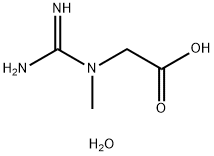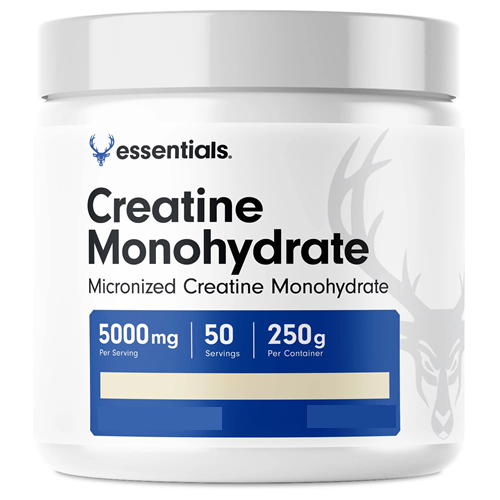Creatine Monohydrate: Synthesis, Transport and Role in Energy Metabolism
General Description
Creatine monohydrate is a popular sports supplement used to maintain high-energy phosphate levels during exercise. Creatine monohydrate supplementation combined with exercise is effective in increasing lean body mass (LBM), muscle strength, and physical performance. In recent years, dietary creatine supplementation has been shown to enhance neuromuscular function in a variety of diseases. Recent research suggests that creatine is beneficial for patients with muscular dystrophy and other mitochondrial cellular diseases and may reduce sarcopenia and promote recovery from disuse atrophy.
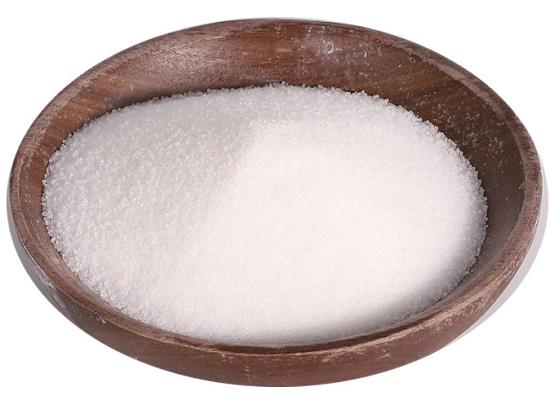
Figure 1. Creatine monohydrate
Synthesis and Transport
Creatine is an amino acid formed from arginine and glycine via A:G transferase. This produces ornithine and guanidinoacetic acid. Guanidinoacetic acid is then methylated via S-adenosylmethionine. This forms creatine. In the body, most processes occur in the kidneys. Guanidinoacetic acid is then transferred to the liver where it is methylated to form creatine. Thereafter, creatine travels across skeletal muscle where it is transported across cell membranes via a Na-dependent transport system.
Creatine monohydrate itself is rapidly converted to creatinine based on pH. When the pH is greater than 6, the conversion rate slows down significantly. Creatine monohydrate is normally rapidly converted to non-phosphorylatable creatinine at acidic pH. Once this conversion occurs in the body, creatinine (Crn) is excreted in the urine. Creatine monohydrate is essentially stable at neutral to alkaline pH.
Role in Energy Metabolism
Creatine plays a key role in cellular energy metabolism. Creatine kinase reversibly phosphorylates it to creatine phosphate. Then, when creatine phosphate reverts to creatine, its phosphate bond breaks, and this break provides enough energy to phosphorylate the adenosine diphosphate (ADP) molecule into adenosine triphosphate (ATP). Creatine phosphate therefore acts as an energy reserve, allowing rapid synthesis of ATP without the need for oxygen.
Creatine phosphate restores ATP concentrations in conditions with increased energy demands and conditions involving reduced blood or oxygen supply. In the first case, the consumption of ATP is excessive compared to the cell's ability to synthesize ATP. For example, a muscle subjected to a particularly strenuous effort will quickly consume more ATP, depleting its reserves. In the second case, the organ is unable to produce enough ATP due to anemia (ischemia) or hypoxia (lack of oxygen). For example, in the case of myocardial infarction, creatine phosphate intervenes by transferring its phosphate group to ADP, providing ATP when the heart is unable to synthesize it due to ischemia.
In a C26 tumor-bearing mouse model, we observed reduced serum creatine levels in patients with cancer cachexia and a significant reduction in creatine content in cachectic skeletal muscle. Creatine supplementation prevents weight loss and muscle atrophy associated with cancer cachexia and results in greater improvements in grip strength. Mechanistically, creatine treatment altered mitochondrial dysfunction and morphological abnormalities, thereby preventing cachectic muscle atrophy by inhibiting abnormal overactivation of the ubiquitin-proteasome system (UPS) and autophagy-lysosomal system (ALS). Furthermore, electron microscopy showed that creatine supplementation alleviated the increase in percent mitochondrial damage observed in C26 mice, suggesting that nutritional intervention with creatine supplementation can effectively counteract mitochondrial dysfunction to attenuate muscle loss in cancer cachexia.
References:
[1] BRUDNAK M A. Creatine: are the benefits worth the risk?[J]. Toxicology letters, 2004, 150 1: 1-134. DOI:10.1016/j.toxlet.2004.01.013.[2] JARED PEARLMAN R F. Creatine monohydrate as a therapeutic aid in muscular dystrophy.[J]. Nutrition reviews, 2006, 64 2 Pt 1 1: 80-88. DOI:10.1111/J.1753-4887.2006.TB00191.X.
You may like
Related articles And Qustion
Lastest Price from Creatine monohydrate manufacturers
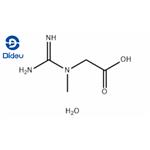
US $0.00-0.00/KG2025-11-21
- CAS:
- 6020-87-7
- Min. Order:
- 1KG
- Purity:
- 98
- Supply Ability:
- 10000KGS
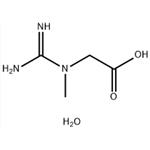
US $0.00/Kg2025-10-13
- CAS:
- 6020-87-7
- Min. Order:
- 1Kg
- Purity:
- 98%
- Supply Ability:
- 20Ton
